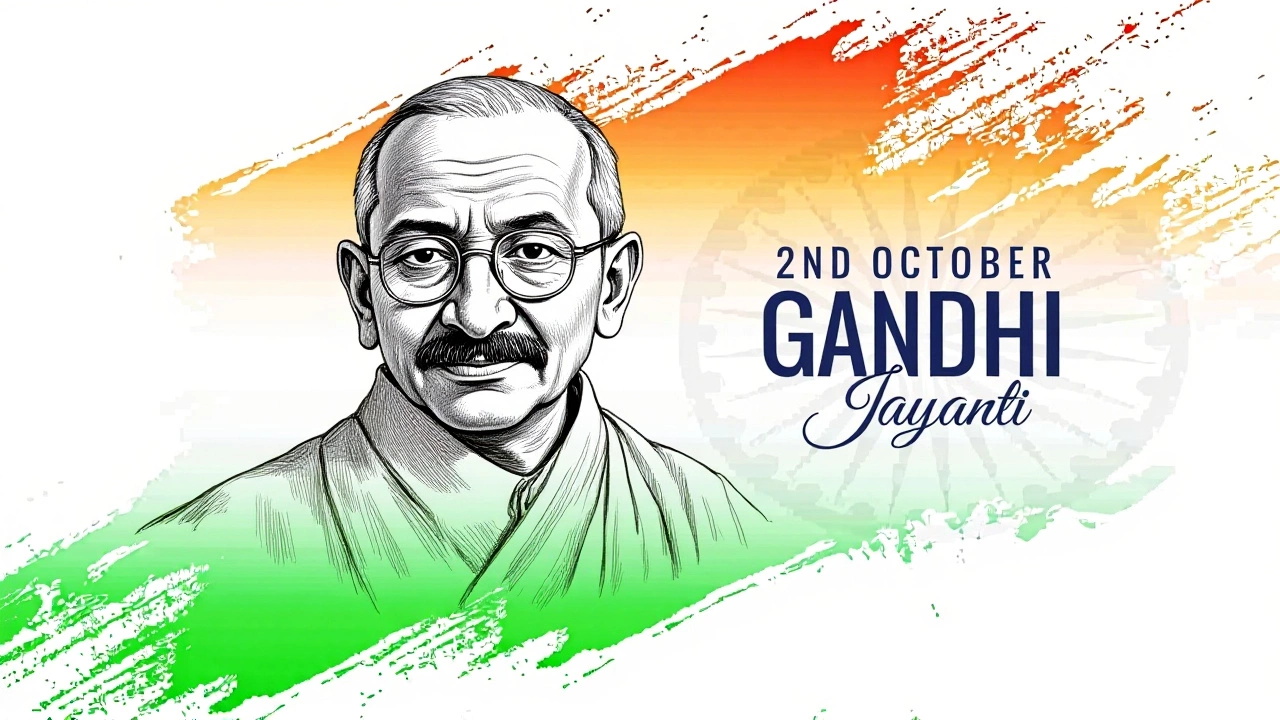Gandhi Jayanti 2024 saw millions share wishes, quotes and reflections online, highlighting Mahatma Gandhi's enduring influence on peace, truth and social change.
Read more
When you hear Mahatma Gandhi, you think of a man who turned simple cloth into a symbol of freedom. Mahatma Gandhi, the leader of India's struggle for independence who championed non‑violent protest. Also known as Father of the Nation, he showed that peaceful defiance can topple empires.
Gandhi’s core method was non‑violent resistance, a strategy of refusing to cooperate with oppressive systems without using force. This approach fueled the Indian independence movement, the mass effort that ended British colonial rule in 1947. Both concepts rely on Satyagraha, the philosophy of truth‑force that demands moral courage and civil disobedience. Gandhi’s Salt March in 1930, a 240‑kilometer walk to the sea, turned a tiny act of collecting salt into a global spotlight on British taxes.
Beyond India, Gandhi’s legacy lives in the civil‑rights movement of the United States, where Martin Luther King Jr. adopted non‑violent resistance to fight segregation. In South Africa, where Gandhi first tested his ideas, the struggle against apartheid later echoed his tactics. Nelson Mandela cited Gandhi’s influence when negotiating a peaceful transition. Even today, activists for climate justice, gender equality, and digital privacy reference his principles of peaceful protest, community self‑reliance through khadi, and the power of truth. Each of these areas—political freedom, social reform, and personal integrity—shows how Gandhi’s ideas connect to modern challenges.
Below you’ll find a range of stories, analyses, and practical tips that dig deeper into these themes. Whether you’re curious about Gandhi’s early life in Porbandar, his experiments with communal living, or how his methods inspire today’s movements, the collection ahead offers concrete examples and fresh perspectives.

Gandhi Jayanti 2024 saw millions share wishes, quotes and reflections online, highlighting Mahatma Gandhi's enduring influence on peace, truth and social change.
Read more